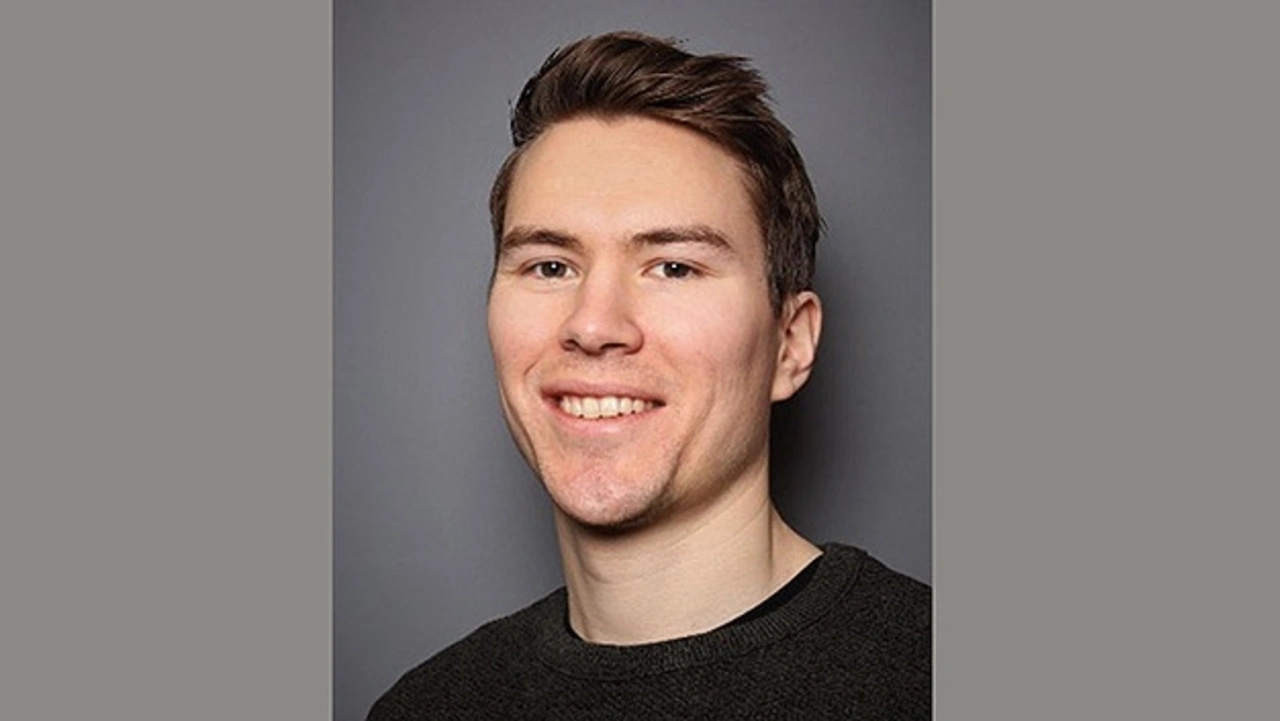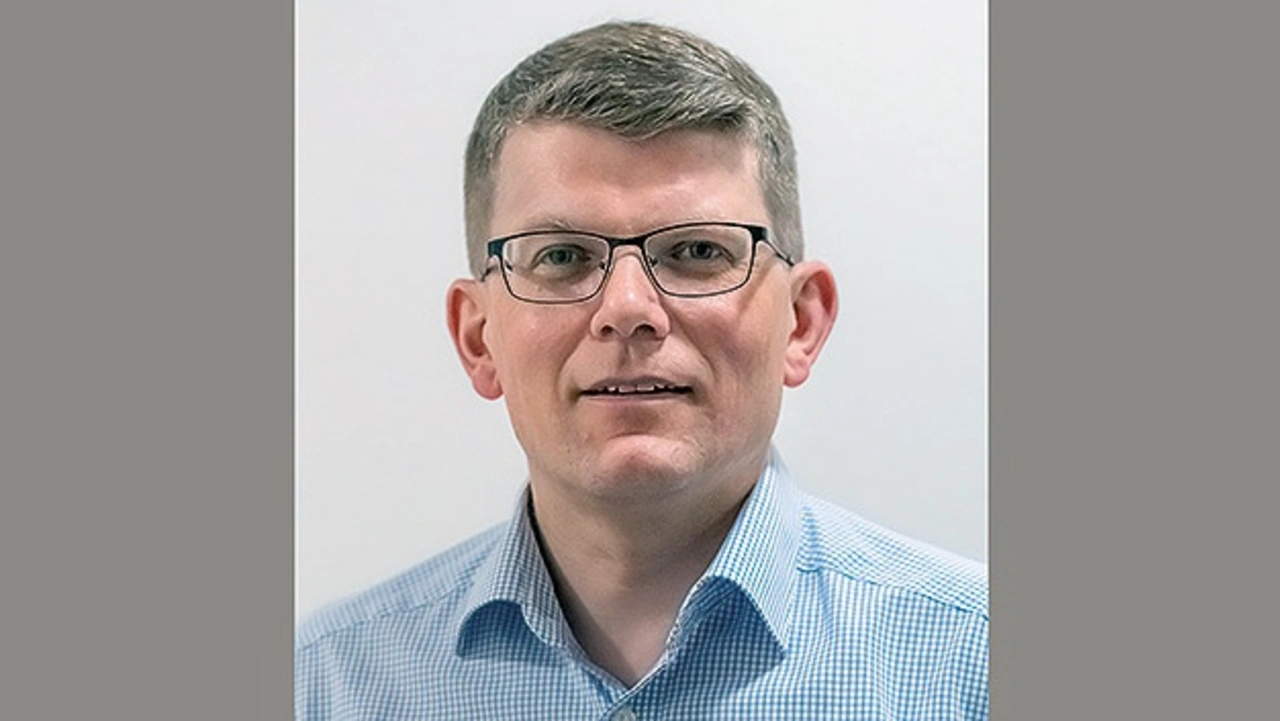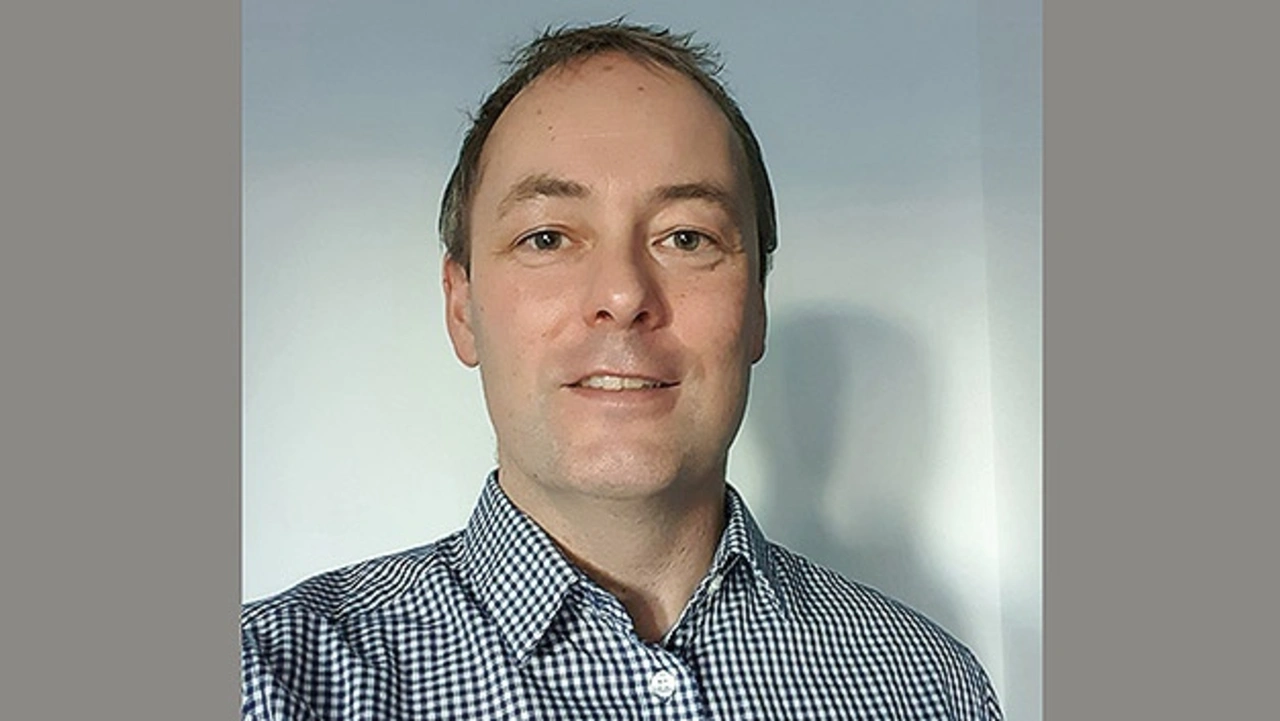License-free frequency band for 5G
Could DECT-2020 democratize massive IoT in 5G?
Fortsetzung des Artikels von Teil 5
Why DECT-2020 is the missing wireless IoT technology
DECT-2020 NR is a missing piece of the industrial wireless IoT jigsaw where many next generation applications are being held back because they need the reliability and low-latency of a wired connection but without the physical constraints of wires that would simply be impossible to employ at million nodes/km2 densities.
DECT-2020 is an elegant technology solution for many unique IoT demands. First and foremost, it brings a new set of capabilities and possibilities into an open and license-except wireless standard. Second, it can use a single global 1.9 GHz spectrum today and is prepared to scale on to other spectrum allocations up to the 6 GHz range.
And by being able to use the same operating frequency and radio globally, DECT-2020 enjoys the same bill of material and device configuration that can be used everywhere, which is not the case with existing license-exempt, wireless IoT technologies. These rely on a range of different ISM bands with local regulations across the world leading to the need for regionally-specific variants or functional capabilities that all add to overall cost.
Version 1 of the DECT-2020 specification is available today and will be the foundation for the first commercial solutions from Wirepas, Nordic Semiconductor, and others. It is open for anyone who wishes to explore further or consider contributing to ongoing DECT-2020 developments.
While DECT-2020 NR is not a cellular wireless technology, its implementation shares fundamental similarities with cellular. This includes the use of a state-of-the art and robust radio physical layer with modulation and coding schemes that would be familiar to anyone from the cellular world.
Add self-organizing network capabilities, ultra-advanced interference avoidance and co-existence, and reliability, security, and performance at massive IoT density scales compared to any other non-cellular wireless IoT technology in existence today, and DECT-2020 firmly earns its place in the 5G standards stable.
The Authors

Martin Lesund
born in Trondheim, Nordway, is the Technical Marketing Manager – Cellular IoT, Nordic Semiconductor. Martin has a Master of Science degree in Electrical Engineering from the Norwegian University of Science & Technology.
Previously, he worked as an Appliction Engineer in the Technical Support group for over three years at Nordic, where the focus has been on the nRF91 series, nRF Connect SDK, and Cellular IoT. Now, his focus is to help customers understand and get the best cellular IoT solution possible for their new applications.
martin.lesund@nordicsemi.no

Heikki Berg
was born in Kemijärvi, Finland and holds a M.Sc. degree in Telecommunications from Oulu University. He has 25+ years of experience in signal processing and radio systems design as well as software and hardware implementations of radio systems. Heikki joined Nordic Semiconductor in 2019 and is architect for DECT implementation. He is also the editor for the DECT-2020 Physical Layer of ETSI DECT standardization.
heikki.berg@nordicsemi.no

Kristian Sæther
was born in Lillehammer, Norway and holds a M.Sc. degree in cybernetics from the Norwegian University of Science and Technology. He has 18+ years of experience in various R&D, applications-, -marketing and -product management roles for microcontrollers, processors, UWB radar and wireless solutions. Kristian joined Nordic Semiconductor in 2019 and is Product Manager for cellular IoT and DECT.
kristian.saether@nordicsemi.no
- Could DECT-2020 democratize massive IoT in 5G?
- So what is DECT-2020?
- Physical Layer
- Medium Access Control
- Data Link Control Layer and Convergence Layer
- Why DECT-2020 is the missing wireless IoT technology








